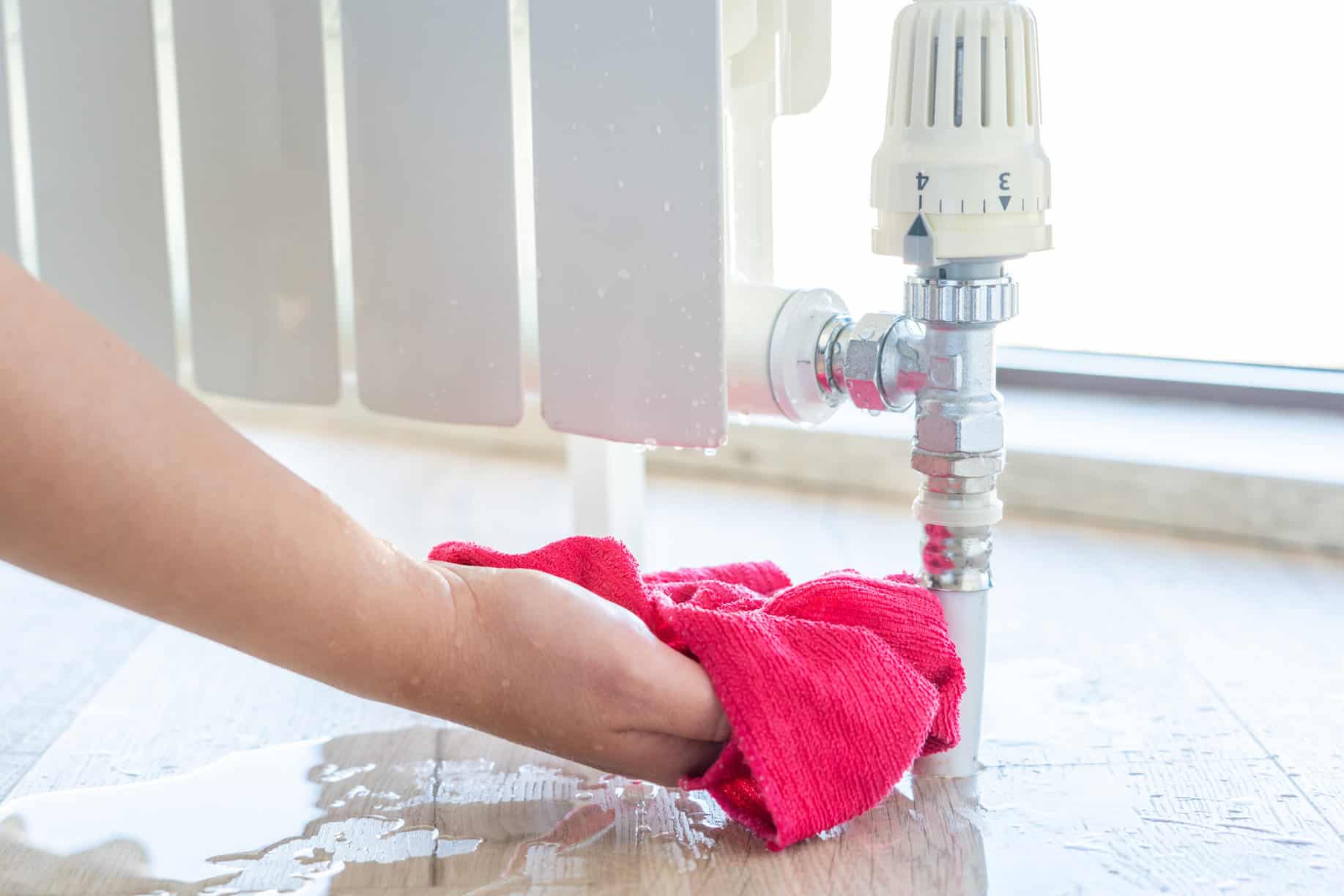To replace, or not to replace ― how to handle old kitchen appliances and units
We spend most of our time in the kitchen, whether we cook for the family or use it as a gathering space. Considering its daily usage, it’s not uncommon for appliances to be replaced or units to be fixed. Humidity is usually the cause of damage to walls and specific materials, such as wood, because it leads to mould growth.
While mould can be prevented by allowing fresh air to circulate in the kitchen as often as possible, removing it does not mean it won’t form again. Diluted white vinegar is best as a non-toxic solution for mould, but if humidity is still not controlled, the kitchen will eventually be
damp all the time.
Unfortunately, some things around the kitchen need replacement, whether they’ve been affected by mould or other factors because they can become dangerous. In other cases, repairing them is possible while maintaining value and safety. So, here’s when each should be done.
Image source: https://unsplash.com/photos/grey-metal-faucet-OZPy-Q5p9HE
Door replacements can be costly
Doors are essential parts of any appliance and kitchen unit, so getting them fixed as soon as they’re damaged is vital. Whether it’s about a door seal, a glass microwave door or a door latch replacement, it’s best to take action immediately to avoid further problems. For instance, stovetop ovens can be quite dangerous if they show any troubling signs, while hand painted kitchens must be maintained by avoiding humidity.
Usually, fixing the doors of an appliance is more affordable than replacing them entirely. A door switch repair might cost £100, while a replacement can get you £500, depending on how old or new the appliance is.
When it comes to cabinets, it may be best to look for replacement doors because long-term deterioration due to accumulated mould or mildew is risky to have around the house. Plus, if you want to upgrade the kitchen, it’s easier to take it all out.
Appliances show these signs when they need to be replaced
When it comes to appliances, it’s easier to figure out which should need a replacement, especially if they’ve reached their lifespan. For example, refrigerators in good condition can last for around ten years, after which you should replace them. But when food starts to spoil quickly inside it or when the fridge feels warm, the coils might not be working correctly, and getting it fixed won’t be a long-lasting solution.
The microwave oven must be replaced when you see sparks during functioning due to a broken panel, while stovetop ovens must be replaced if they don’t turn on or take too long to heat up the food. Even the dishwasher must be thrown away if it makes a lot of noise or leaks.
However, if these things happen in the first year after you buy them, you might try contacting the vendor and see if fixtures are available and covered during this period. But if you used them for more than ten years, it’s best to give up on them.
Energy efficiency must be considered
Older or less innovated appliances will consume a lot of energy if they have a G-rating, the lowest scale on the energy rating label. If you calculate the running costs based on the total energy consumption and your country’s electricity tariff, you’ll be able to see how much energy and money are wasted on functional but old appliances.
Hence, sometimes replacing them with an A-star-rated microwave might pose a high upfront cost, but you’ll see how much less energy is consumed yearly. Energy Rating Labels are displayed on dishwashers, TVs, refrigerators, monitors and such, so you can quickly identify the best options on the market. It may be possible that online products don’t have these elements available, so you should contact the vendor for additional information.
Faucets, sink drains and leaks can be fixed
If you’ve got issues with the faucet or sink, it may be that minor problems occurred, so you need to get them fixed. If you can locate the leak, for example, you can solve the issue yourself in some cases. Turn the water supply off to be able to work safely and relieve the water pressure. Then, as you remove the parts where the leak has occurred, you could take pictures of each step and component to put them back later. The leak can then be fixed with a spanner tool by gripping and adjusting it.
Leaky drains can also be checked by analysing the pipe connections and tightening up the sink strainer. Of course, the steps are much more complex, but you can successfully fix such problems with some patience.
However, not all problems can be fixed at home. It’s best to call a professional when things get overwhelming because you risk worsening the issue.
Replacing the kitchen floor
Usually, people replace their kitchen floors as they want to expand the kitchen or renovate it. But if the floor is damaged, you immediately need to get it replaced, especially if water infiltrated it. If water damage stays underneath for too long, mould will appear in no time.
Other signs for replacement include bowing or buckling in the structure, floor discolouration and even cracks that can quickly expand. Still, people might want to replace the floor if it got worn out in up to ten years because, generally, this is the lifespan of most floor materials. Although wood and laminate can last for a long time, stone and tile are used for kitchens and bathrooms where the humidity level is high. Or, if you want to invest in a material that will last you a lifetime, install stone flooring.
Final considerations
Replacing or fixing things around the kitchen can be difficult, especially when you expect some of these belongings to last a lifetime. Unfortunately, affordable appliances or units might not always be of good quality, and if the kitchen isn’t well-ventilated, the humidity can affect most things in the kitchen. So, sometimes, you must decide if something deserves to be fixed or replaced and set a budget.


